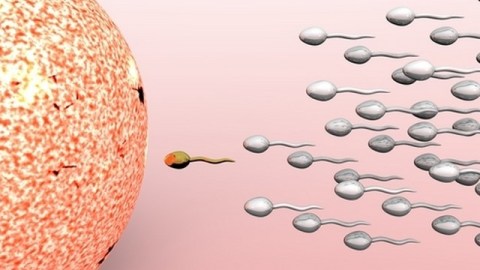Switching Off the Sperm Gene as a Male Contraceptive

Article written by guest writer Rin Mitchell
What’s the Latest Development?
Researchers at the Center for Reproductive Health at the University of Edinburgh are testing a gene, which has been linked to infertility in men, to see how it could work as a contraceptive. The gene called Katnal1 is necessary in the final stages in the development of sperm. When a man doesn’t have enough of the protein residing in the Katnal1, then his sperm is unable to fully form; therefore, pregnancy cannot occur. Scientists want to flip the negative into a positive for those not looking to conceive, and develop it into a non-hormonal contraceptive for men to use as a form of birth control. However, scientists need to continue testing to ensure the effects are reversible when the desire for having kids arises.
What’s the Big Idea?
As of now, men only have condoms and vasectomy as options to prevent an unwanted pregnancy. The Katnal1 gene only affects sperm cells in the later stages, so if scientists can confirm through more testing that it will not interfere with the beginning stages of sperm production and overall ability to produce sperm—it can potentially be another form of contraceptive available to men.




